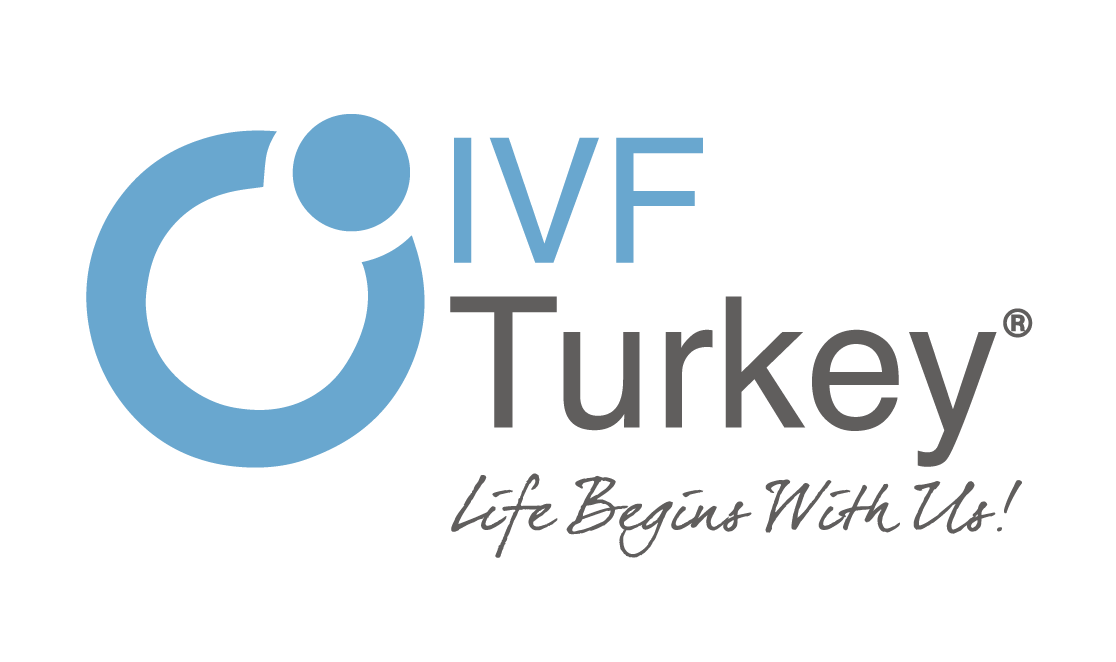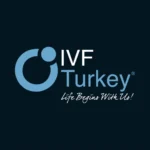For many women, the desire to start a family is a natural and cherished dream. However, sometimes life doesn’t go as planned, and certain factors can impact a woman’s ability to conceive. One such factor is low ovarian reserve.
What is Low Ovarian Reserve?
Low ovarian reserve refers to a condition where a woman’s ovaries have a diminished quantity and quality of eggs compared to people their age. Various factors, including age, genetics, certain medical treatments, or underlying health conditions can cause this. It is often associated with a decline in fertility and an increased risk of infertility.
Eggs and sperm are essential components for the process of pregnancy. As people get older, their egg count may decrease, sometimes happening earlier than anticipated. Having a reduced ovarian reserve can impact the chances of getting pregnant. Ovarian reserve testing is a medical procedure used by healthcare providers to diagnose low ovarian reserve.
Having a low ovarian reserve does not necessarily mean that pregnancy is impossible. It may indicate a greater challenge in conceiving or the need to explore fertility treatment options.
The count of normal ovarian reserve
Age plays a significant role in determining the supply of eggs. Research indicates that the rate of egg loss tends to increase after the age of 35.
The average number of eggs a woman will have when she reaches her mid-30s is approximately 1-2 million. As women age, their ovarian reserve decreases, and by the time they reach menopause, it is estimated that only about 10% of those eggs remain. A normal ovarian reserve count for a woman between the ages of 20 and 25 should be above 10 million.
On average, individuals have varying numbers of eggs throughout their lifetime.
| Age | Number of eggs |
| Birth | 1 to 2 million |
| Puberty | 300,000 to 400,000 |
| Age 40 | 1800 to 25,000 |
| Menopause | less than 1,000 |
Is pregnancy possible with low ovarian reserve?
Yes, you can still get pregnant with low ovarian reserve. Nowadays by developing new technics in the fertility field, there are various ways to conceive. Even though Low ovarian reserve poses several challenges for women who wish to conceive. As the quantity and quality of eggs decrease, it becomes more difficult to achieve pregnancy naturally. With assisted reproductive technologies such as in vitro fertilization (IVF) you can solve that problem. However, the success rate of IVF in women with low ovarian reserve is lower than in women with normal ovarian reserve.
What Causes Low Ovarian Reserve?
There are various factors that cause diminished ovarian reserve. Age is the most important factor in that case. Untreated sexually transmitted infections can potentially spread and affect reproductive organs, leading potentially leading a decrease in ovarian reserve. Conversely, many cases of diminished ovarian reserve lack a known cause.
Diminished ovarian reserve may be caused by various factors, including:
- Genetic disorders
- Chemotherapy and radiation therapy
- Any form of ovarian surgery, like removing an ovarian tumor or ovarian cyst
- Losing one or both of your ovaries
- Endometriomas, a condition that is characterized by the formation of cysts due to endometriosis
- Autoimmune conditions
What are the symptoms of low ovarian reserve?
While symptoms are the best way to determine the presence of any condition, diminished ovarian reserve doesn’t actually present any noticeable symptoms in most people. Most people don’t have symptoms other than not getting pregnant after months or years of regular sexual intercourse. Others may notice their menstrual cycle getting consistently shorter. Some signs of low ovarian reserve are:
- Difficulties getting pregnant
- Miscarriage
- Heavy menstrual flow
- Irregular menstrual periods, like late or absent menstruation or menstrual cycles that are shorter than usual
- Hot flashes
- Vaginal dryness
How is Low Ovarian Reserve Diagnosed?
There are different types of diagnostic tests available. A transvaginal ultrasound allows for visualization of the ovaries and reproductive system by your doctor. The ultrasound can also be used to determine the ovarian antral follicle count.
Your doctor may also use specific blood tests to assess the condition of your ovarian reserve. An FSH test measures the levels of follicle-stimulating hormone in your body. The Follicle Stimulating Hormone (FSH) is the hormone responsible for signaling the ovaries to release a mature egg during the menstrual cycle, a process known as ovulation. During ovulation, women typically have a higher FSH level, but the hormone level naturally decreases during the rest of the month. Consistently elevated FSH secretion levels can indicate potential issues such as low ovarian reserve or other reproductive concerns.
Your doctor can also perform a test for anti-Müllerian hormone, which is produced by cells surrounding each egg. Your AMH levels can actually provide an estimate of how many eggs you have in your ovaries.
Options for Women with Low Ovarian Reserve:
While low ovarian reserve may present challenges, there are still options available for women who wish to become mothers. Here are a few possibilities to explore:
Fertility Preservation:
If you are aware of your low ovarian reserve at a younger age or before undergoing medical treatments that may affect fertility, you may consider fertility preservation techniques. This involves freezing your eggs or embryos for future use.
Assisted Reproductive Technologies (ART):
ART, such as IVF, can help women with low ovarian reserve conceive. During IVF, eggs are retrieved from the ovaries, fertilized with sperm in a laboratory, and then transferred to the uterus. While the success rates may be lower, it is still possible to achieve pregnancy through this method.
Donor Eggs:
For women with extremely low ovarian reserve or poor egg quality, using donor eggs can be a viable option. Donor eggs are obtained from a healthy, young woman and fertilized with the partner’s or donor’s sperm before being transferred to the recipient’s uterus.
Adoption or Surrogacy:
If conceiving with your own eggs is not possible, adoption or surrogacy can be considered. Adoption allows you to become a parent by providing a loving home to a child in need. Surrogacy involves another woman carrying the pregnancy for you and is an option for those who cannot carry a pregnancy themselves.
Seeking Professional Help:
If you suspect or have been diagnosed with low ovarian reserve, it is essential to consult with a fertility specialist or reproductive endocrinologist. They can assess your individual situation, conduct necessary tests, and provide guidance on the best course of action based on your unique circumstances.
Emotional Support:
Dealing with low ovarian reserve can be emotionally challenging. It’s important to seek support from loved ones, join support groups, or consider therapy to help navigate the emotional rollercoaster that comes with fertility struggles.
In conclusion, low ovarian reserve can present obstacles on the path to motherhood, but it does not mean the end of the road. With advancements in reproductive technologies and various options available, women can still fulfill their dreams of becoming mothers. By understanding the challenges and exploring the available options, women can make informed decisions about their fertility journey. Remember, you are not alone, and there is support and hope throughout this process.
If you require any assistance or information, feel free to contact us.



